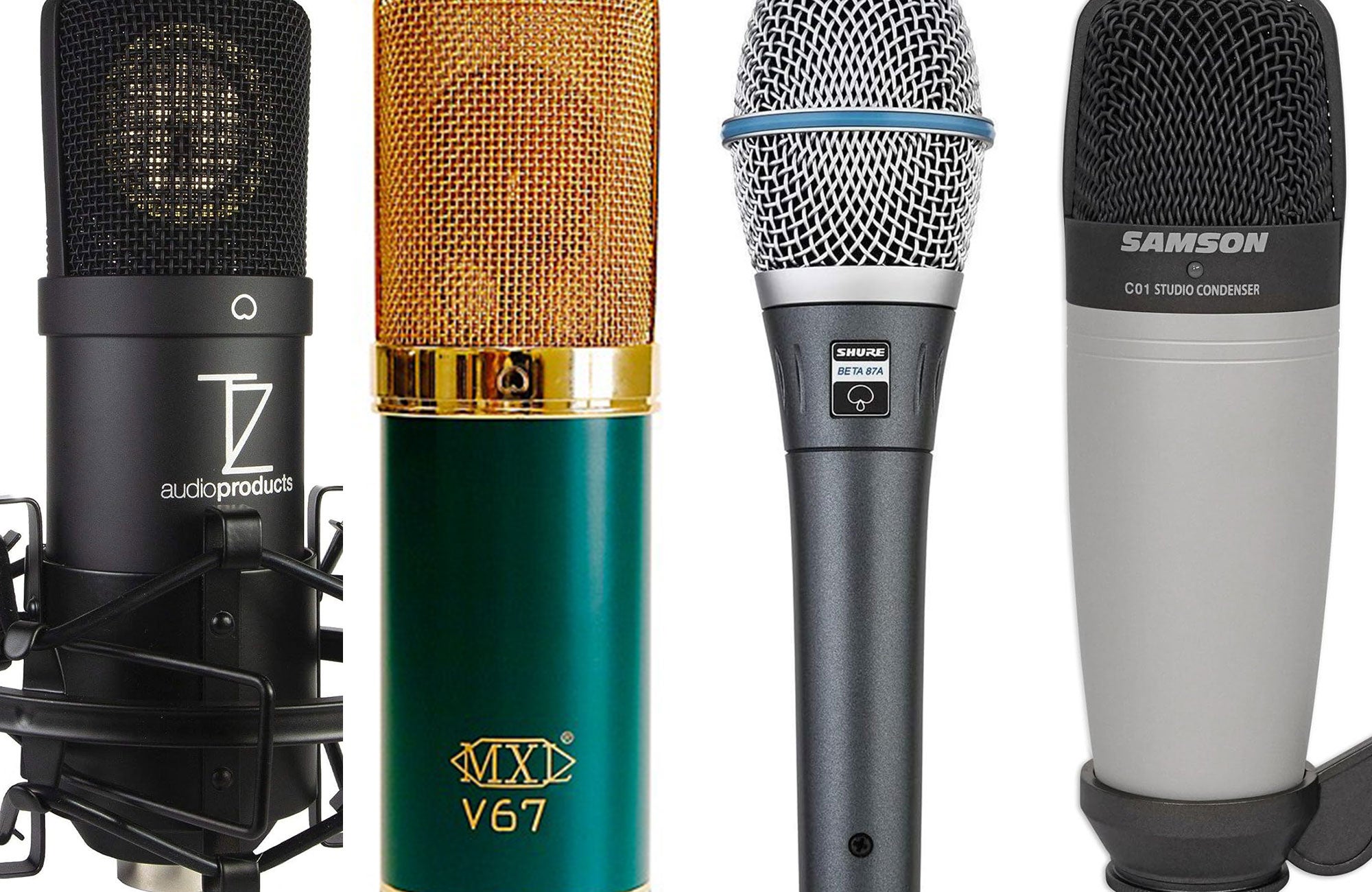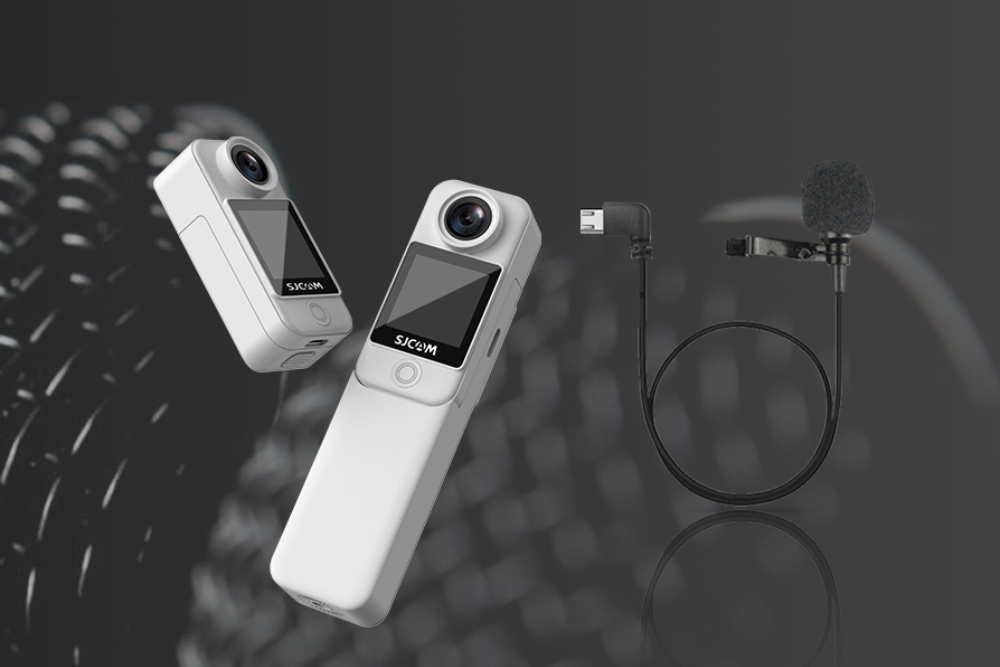In the world of audio recording, the condenser microphone stands out as the go-to choice for capturing vocals and a wide range of instruments with exceptional clarity and detail. Renowned for its sensitivity and flat frequency response, the condenser microphone is a studio staple and a favorite among podcasters, musicians, and voice-over artists. But with a multitude of options available, selecting the right condenser mic can be a daunting task. This article will guide you through the considerations and features that matter most, ensuring your recording needs are met with the ideal mic selection.
Understanding Condenser Microphone Basics
Assessing Sound Source and Environment
The first step in selecting a condenser microphone is to consider the sound source you plan to record. Are you capturing the delicate nuances of acoustic instruments, the dynamic range of vocals, or the ambient atmosphere of a room? Your recording environment also plays a pivotal role — will it be a treated studio space, a home setup, or a location with unpredictable acoustics? Condenser mics with a larger diaphragm are typically favored for studio vocals and instruments due to their broader frequency response, while smaller diaphragm mics are excellent for high-SPL (sound pressure level) sources and field recordings due to their more focused pickup patterns.
Analyzing Polar Patterns and Sensitivity
The polar pattern of a microphone determines how it picks up sound from various directions. The most common patterns are cardioid, omnidirectional, and bidirectional (figure-8). A cardioid pattern is ideal for isolating the sound source from background noise, which is particularly useful in untreated rooms. Omnidirectional mics capture sound from all angles and are perfect for environmental recordings or capturing a group of instruments. Bidirectional mics pick up sound from the front and back, making them suitable for duets or interviews. The sensitivity of the condenser mic is crucial as well — it dictates how well the mic can detect subtle nuances and quiet sounds, a key factor for high-fidelity recordings.
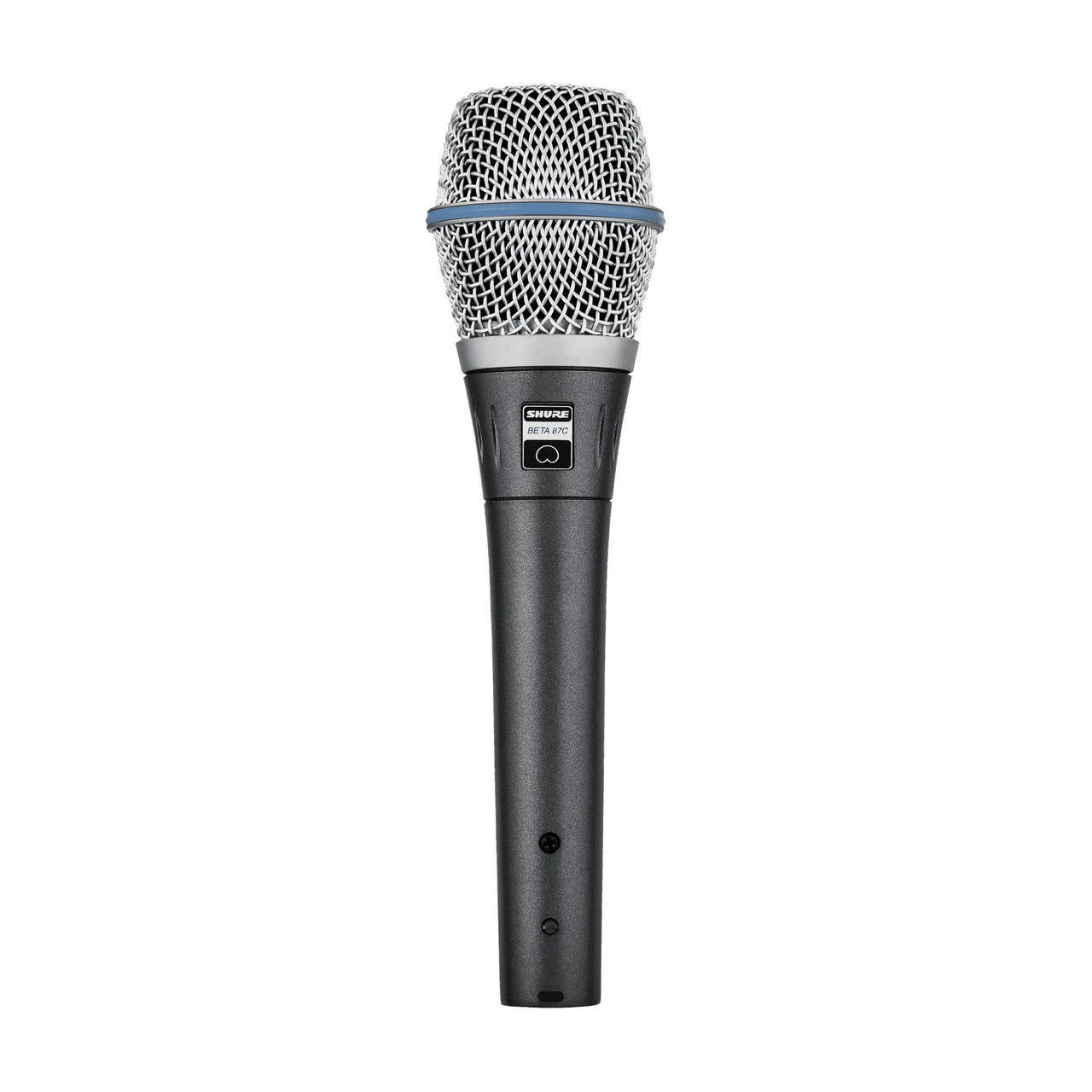
Selecting the Right Mic for Specific Applications
Vocal Recording Considerations
For vocal recordings, a large-diaphragm condenser microphone is often preferred due to its warm and rich pickup qualities. Look for a mic with low self-noise, high SPL handling, and a pop filter to mitigate plosives — those pesky bursts of air from plosive consonants. Additional features like a built-in high-pass filter can be invaluable for minimizing low-frequency rumble and proximity effect, ensuring a clean and transparent vocal capture.
Instrument and Ensemble Recording Options
Instrument recording demands a condenser mic with the ability to reproduce the sound accurately. Small-diaphragm condenser mics are excellent for capturing string instruments, cymbals, or pianos with precision. For ensembles or orchestras, a matched pair of small-diaphragm condenser mics can provide a balanced stereo image, enhancing the sense of space in the recording. Some mics offer switchable capsules or variable polar patterns, giving you the versatility to adapt to different recording scenarios.
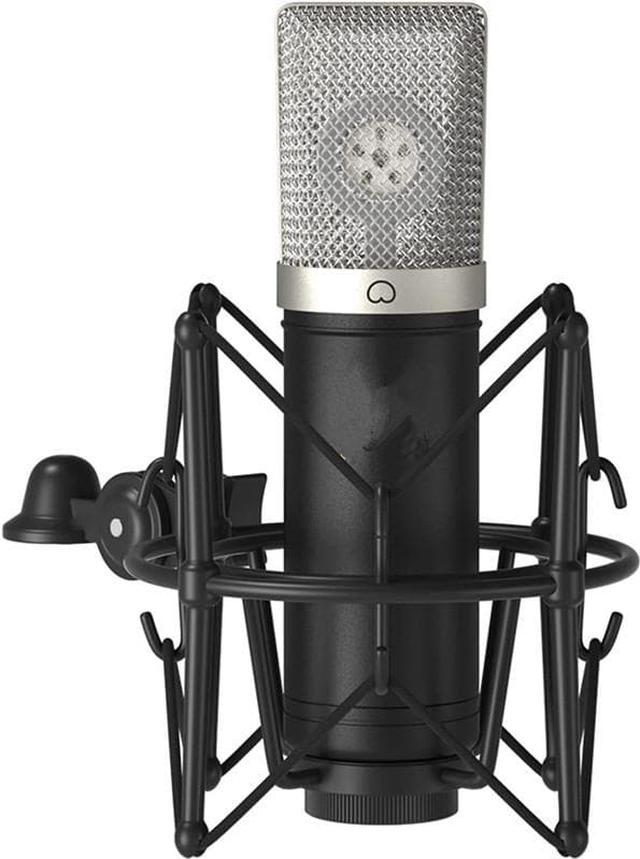
Investing in Quality and Durability
Weighing Price Against Performance
Your budget will undoubtedly influence your decision, but it’s important to balance cost with quality. Investing in a reputable brand can provide you with better build quality, warranty, and reliability over time. However, there are many affordable options that deliver professional results. Reading reviews and listening to audio samples can be incredibly helpful in evaluating a microphone’s performance before making a purchase.
Longevity and Build Considerations
Durability is a key factor when selecting a studio condenser microphone. A well-built microphone not only withstands the test of time but also maintains consistent performance throughout its lifespan. Features like shock mounting, sturdy housing, and robust electronic components can safeguard your investment. Consider the availability of replacement parts and customer service from the manufacturer, as these can prolong the serviceable life of your microphone.
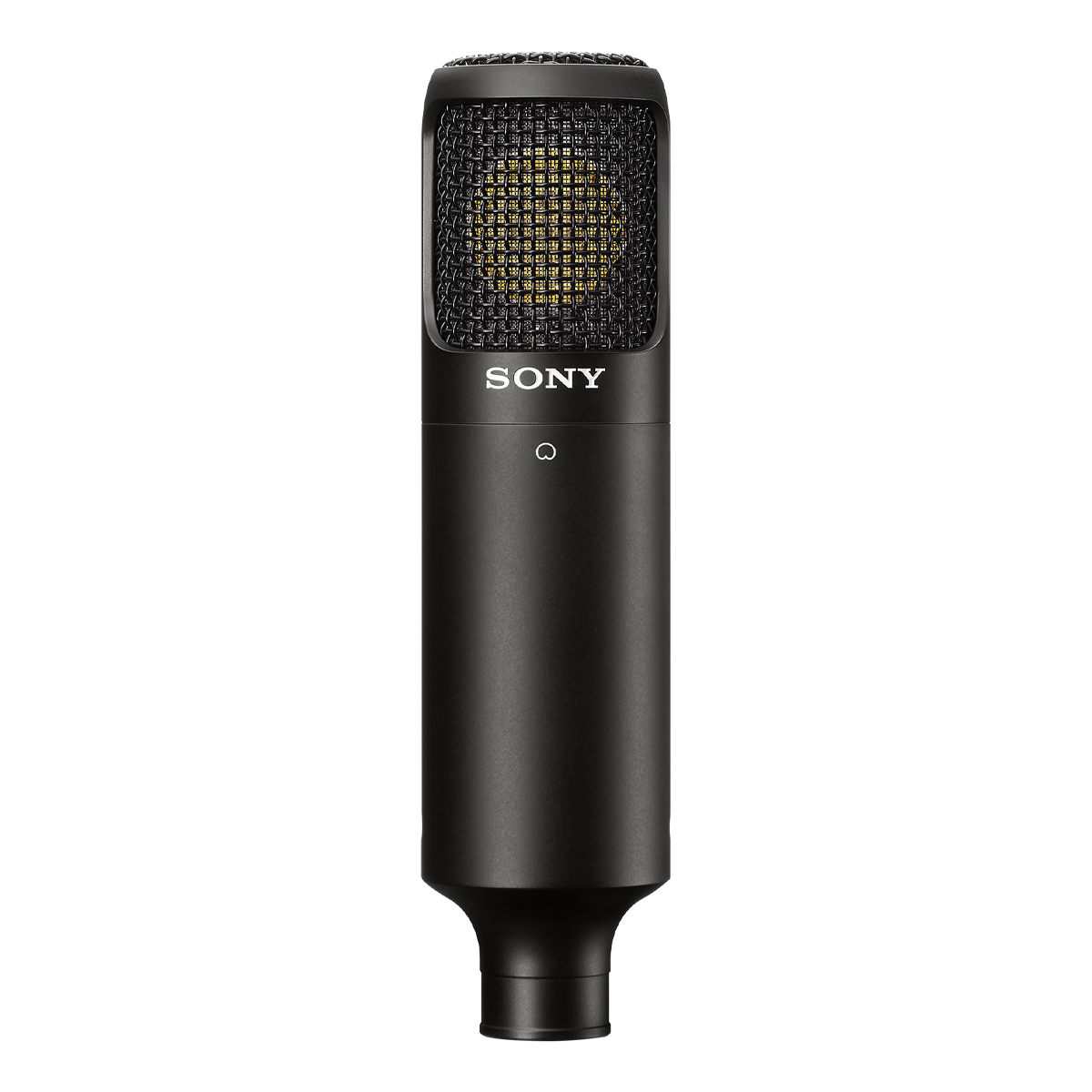
Enhancing Recording Sessions
Accessorizing for Optimal Sound Capture
Accessorizing your condenser microphone with the right attachments can make a significant difference in recording quality. Shock mounts minimize handling noise and vibrations, while a sound shield can reduce unwanted reflections in an untreated room. For delicate condenser mics, a good-quality carry case or pouch is essential for storage and transportation, protecting the mic from dust, moisture, and physical damage.
Maintenance for Consistent Quality
To preserve the pristine quality of your condenser microphone, regular maintenance is necessary. Handle the microphone with care, always use clean hands, and avoid exposing the mic to extreme temperatures or humidity. Regularly cleaning the body of the mic and replacing aging components like elastic bands in shock mounts will keep your recordings free from unwanted artifacts. With proper care, a high-quality condenser microphone can provide exceptional audio capture for years to come.
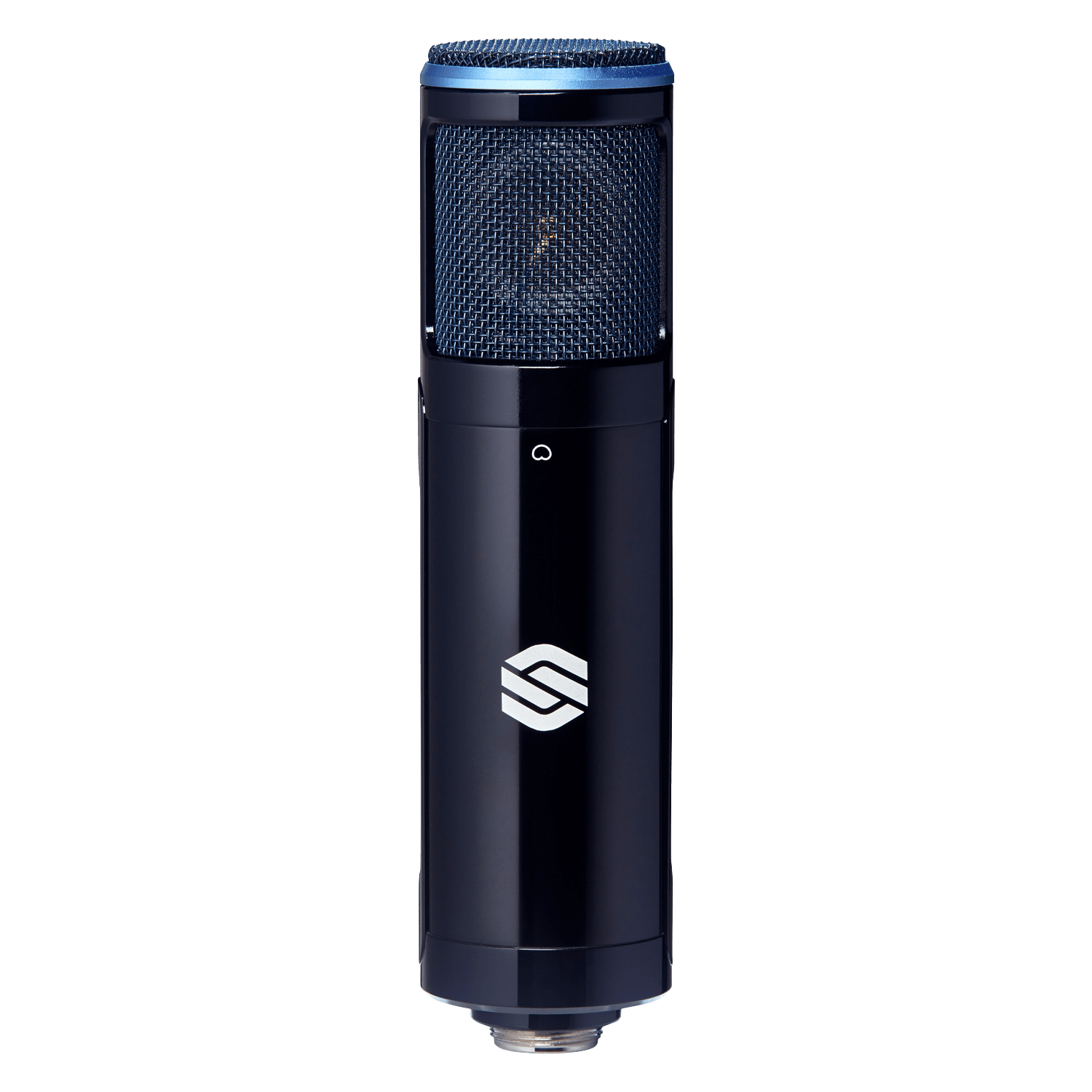
Exploring the Future of Audio Recording Technology
Embracing Technological Innovations
As audio recording technology advances, new features in condenser microphones continue to emerge, making recordings even more precise and convenient. Features such as USB connectivity for direct recording to computers and devices, onboard digital processing for real-time audio enhancement, and even wireless capabilities are becoming more common. These advancements open up new possibilities for both amateur and professional recording enthusiasts, allowing for greater flexibility and mobility in various recording environments. Staying informed about these technological trends will enable you to make a choice that not only meets your current needs but also future-proofs your investment in recording equipment.
The Evolution of Sound Quality
With continuous improvements in microphone technology, the standard for sound quality keeps rising. Future condenser microphones may offer even greater sensitivity, wider frequency responses, and more nuanced sound capture capabilities. This evolution encourages creators to aim for higher production values, pushing the boundaries of what can be achieved in both studio and home recording settings. As higher quality becomes more accessible, listeners’ expectations also evolve, setting a new benchmark for recording professionals and hobbyists alike.
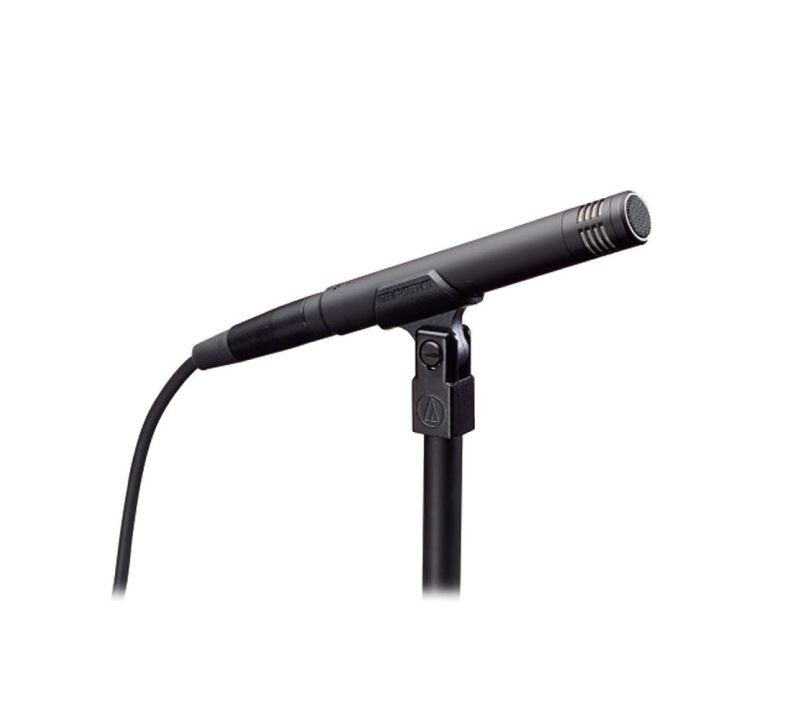
Sustainable and Ethical Considerations
As sustainable practices become more vital across industries, the manufacturing and lifecycle management of condenser microphones also come under scrutiny. Consumers are increasingly making purchasing decisions based on the environmental impact and ethical practices of manufacturers. Future microphone options may include those made from recycled or sustainable materials, those designed with energy efficiency in mind, or models that offer modularity for easy repair and parts replacement. Such considerations not only contribute to a healthier planet but also resonate with a growing segment of the consumer base concerned with the ecological footprint of their recording activities.
In summary, choosing the right condenser microphone for your recording needs involves a careful consideration of several key factors, including the sound source, recording environment, technological features, and future trends. By weighing these aspects thoughtfully, you can select a microphone that not only captures high-quality audio but also stands the test of time and aligns with larger trends in technology and sustainability. With the right condenser microphone, you’ll be well-equipped to produce recordings that meet professional standards and captivate your audience, today and in the future.
